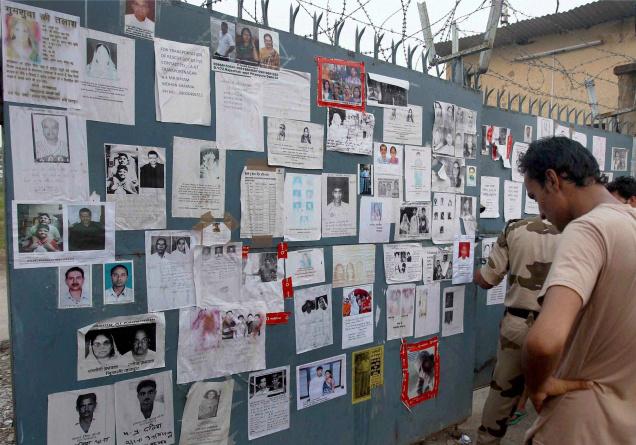 NEW DELHI, July 1:Even as the search, rescue and relief operations are still underway in the flood affected areas in Uttarakhand, the India Meteorological Department on Monday warned that there could be more heavy to very heavy rainfalls in many parts of the State on July 5 and 6.
NEW DELHI, July 1:Even as the search, rescue and relief operations are still underway in the flood affected areas in Uttarakhand, the India Meteorological Department on Monday warned that there could be more heavy to very heavy rainfalls in many parts of the State on July 5 and 6.
Speaking to The Hindu, senior IMD meteorologists said though the rains this time may not be as intense as between June 15 and 17, there was a need to be on alert as there were possibilities for landslides and flash floods to occur again.
“Rainfall this time may last for just about 36 hours, as against 72 hours of continuous downpour between June 15 and 17 and the quantum of precipitation is also likely to be around 7 cm to 13 cm only, compared to 20 cm plus in most areas then. But, one cannot forget that the mountains have become soggy and raw. The fresh rains could trigger landslides and flash floods’’, they said.
Speaking to The Hindu, Deputy Director General [Meteorology] and head of the Regional Meteorological Centre, O.P. Singh, said that apart from Uttarakhand, Delhi, Punjab, Haryana, Uttar Pradesh, Himachal Pradesh, and Jammu and Kashmir could also get a good spell of rainfall between July 5 and 6.
Meanwhile, as a follow up to the massive tragedy, the Centre has initiated efforts to fast track a plan to launch an integrated Himalayan meteorology programme, which will aim at improving and upgrading the weather and climate monitoring and forecast services over the Himalayan region.
Among other things, programme envisages integration of observational networks within India with those of neighbouring countries in the region to provide for a comprehensive analysis of mountain weather phenomena.
The programme would be implemented by IMD in association with the Defence Research and Development Organisation’s Snow and Avalanche Study Establishment.
The deliverables under the programme would include establishing additional and critical state-of-the art surface and upper air observatories for generating real time observations.
“Existing surface observations from the meteorological centres at Srinagar, Shimla, Dehradun, Gangtok, and Itanagar along with upper air stations at Jammu, Manali and Sasoma are hardly sufficient to meet the weather forecasting needs of the region. The network needs to be upgraded multi-fold’’, a senior IMD official observed.
